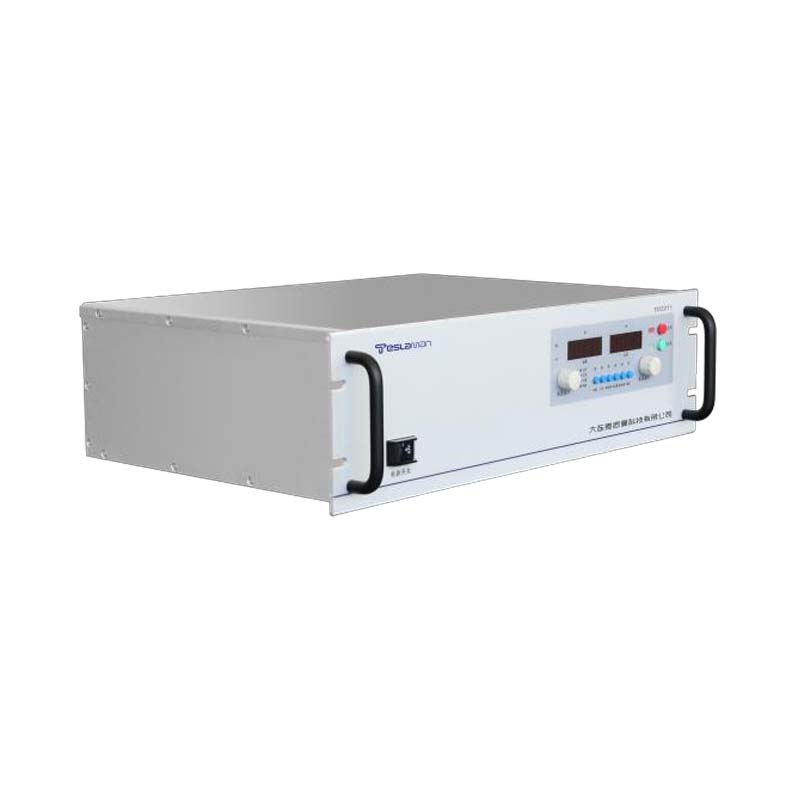Voltage Sag Response of 320kV High-Voltage Power Supply
In the modern power system, 320kV high-voltage power supplies are widely used in many key fields, such as large-scale industrial production, scientific research experiments, and power transmission and distribution in regional power grids. However, the problem of voltage sags seriously threatens the stability and reliability of the power supply of 320kV high-voltage power supplies.
Voltage sags are usually caused by short-circuit faults, the start-up or switching of large-capacity equipment in the power system. When these events occur, the impedance of the system changes instantaneously, resulting in a sharp drop in the output voltage of the 320kV high-voltage power supply in a short time, generally lasting from tens of milliseconds to several seconds. This rapid drop in voltage can cause serious consequences such as equipment shutdown, misoperation, and even damage to electrical equipment with extremely high requirements for voltage stability.
To effectively address the voltage sag problem of 320kV high-voltage power supplies, measures can be taken from multiple levels. In terms of power system planning and operation management, rationally optimizing the power grid structure is the key. By increasing the redundancy of the power grid, such as constructing a ring network structure, the power supply path can be quickly switched when a local fault occurs, reducing the impact range of voltage sags. At the same time, strictly control the start-up and operation modes of large-capacity equipment in the power grid to avoid their centralized start-up at the same time and reduce the impact on the grid voltage.
From a technical point of view, the Dynamic Voltage Restorer (DVR) is a powerful tool to deal with voltage sags. The DVR detects the changes in the output voltage of the 320kV high-voltage power supply. When a voltage sag is identified, it quickly injects a compensation voltage into the power grid that is equal in amplitude and opposite in phase to the sag voltage, restoring the voltage on the load side to the normal level. Its working principle is based on power electronics technology, using fast-switching devices to accurately control the magnitude and phase of the compensation voltage.
In addition, Uninterruptible Power Supplies (UPS) are also often used to protect important loads from voltage sags. The UPS is equipped with an energy storage device, such as a battery. During a voltage sag, the UPS can immediately switch to battery power supply mode to ensure that the load equipment continues to receive a stable power supply. However, the capacity of the UPS is limited, and it is mainly suitable for occasions with extremely high requirements for power supply continuity and relatively small load power.
For some equipment that allows short-term power outages, voltage sag tolerance enhancement technology can also be used. By improving the control strategy and hardware design of the equipment, the operational stability of the equipment during voltage sags can be improved, enabling it to still operate normally under a certain degree of voltage sags and reducing the risk of shutdown caused by voltage sags.
In conclusion, to address the voltage sag problem of 320kV high-voltage power supplies, a variety of methods such as power system planning, advanced technical means, and equipment optimization need to be comprehensively used to ensure the stability and reliability of the high-voltage power supply and meet the demand for high-quality power supply in modern society.




















